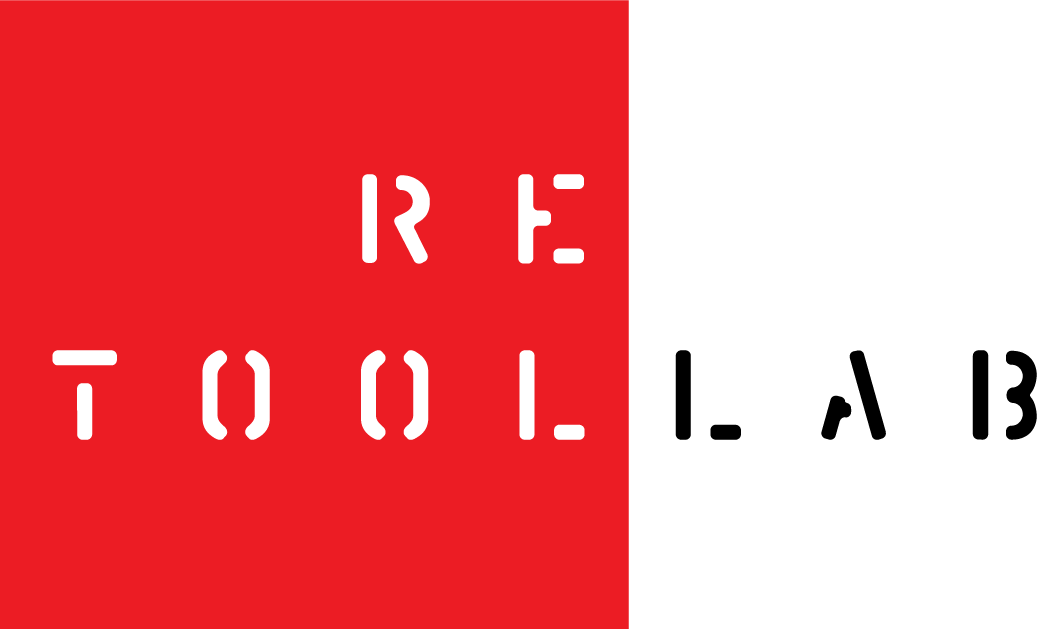Amazon cannot deliver the whole museum experience.
Like it or not, the COVID-19 pandemic has altered the retail landscape permanently, a sector not particularly different from the way it was a century or so ago. With the likes of Amazon, the transformation was already well underway, but it took the pandemic to push things over the edge. People who never before contemplated using Amazon are becoming regular users out of necessity. This necessity is habit-forming, even pass the point of contingency. Within a few months, the retail sector will hit the point a reckoning that will have it contemplate a future that looks completely different.
Whether it’s Amazon, Alibaba, eBay or any of the countless and ubiquitous food delivery apps, these companies are all digital natives, designed for just such a disrupted world. Similar disruption is underway in every industry, from banking to education to healthcare. The phenomenon is profound in that it is comprehensive and it is reshaping every element of the business model, including what you do, how you do it, how you buy, how you sell, your relationship with customers, suppliers, and other partners, as well as how you manage your organization internally. And it’s happening at lightning speed.
What of cultural institutions and attractions such as museums, zoos, aquariums, botanical gardens, national parks, and the likes? They certainly cannot be considered digital natives themselves… more like conscripts. Are they too slow and too anchored in their present business model to pivot and build innovative platforms that deliver experiences that can rival the “real” thing? Can they even begin to contemplate alternatives and a technology-enabled way forward?
Virtual tours are popping up all over the place, but what happens to people who are still hungry for the real thing, or at least a much better approximation of it? While they are important initial efforts in helping to keep museum audiences engaged, they may not satisfy each of these communities of users, or be very effective in delivering on the mission of the organization. They are, rather, table stakes at this time, and will not confer museums much of a competitive advantage considering they are vying for the public’s attention against much more immersive and engaging online experiences from more innovative sectors. More crucially, initiatives such as virtual tours may have the unintended consequence of luring institutional leadership into believing that their organization has “gone digital” and that they have done all they could. Such misapprehensions could keep them from pursuing a more transformative and essential agenda. Given the scope and pace of the disruptive forces we are experiencing, it is crucial for institutional leaders to beware the digital “lipstick” syndrome of embracing digitization along superficial features of their status quo business model.
The case for a new institutional hybrid model.
As organizations go, museums, in great part due to their operating model, depend almost entirely on their physical infrastructure to deliver on the experience and mission they profess to hold. People visit the building to experience its content. But a museum is much more than a building to display artifacts. It is also an institution with all its discernible and inferred meaning. The extent of that meaning which encompasses its mission and purpose far exceeds the confines of the organization’s bricks -and-mortar infrastructure. As institutions, museums hold the cultural wealth of society in trust for all generations, and by their unique function act as its de facto cultural conscience. They promote better understanding of our collective heritage and foster dialogue, curiosity and self-reflection, bringing people face-to-face with cultures across time and preserving our rich heritage which might otherwise be lost to private collectors or to time itself.
Museums are both necessary and relevant today. But does their ability to successfully deliver on their institutional mission rely too heavily on their physical premises? Must they not begin to create a true hybrid model that reflects the exigencies of the 21st century instead?
There may not yet exists a proper alternative for the “real” thing. So, many people will still crave the ability to be in environments that are experiential, educational, fun and social. People want to be with people! Can museums adapt their physical facilities sufficiently to get back to some level of operational normalcy, and also expand their thinking and innovate like retailers with experiments like offering curbside experiences? More importantly, will they change the way their physical spaces function to be a lot more interesting and connected? Can museums end up being these experience centres that enable staff and visitors to come together and transform that experience to make it feel more personal and more intimate while ultimately safe for everyone? Can we count on the promise that really great technology like artificial intelligence or augmented reality can make people have experiences that are equally rewarding and on-par with traditional ones, instead of replacing them altogether?
It is the leaders’ responsibility to reimagine how their organization can work.
The leaders of organizations that operate museums are facing the biggest challenge of their lifetime: help reimagine how their institution can work and deliver on their mission in non-traditional ways and by any means necessary. They will need to dig deep into their values, core purpose and culture, to look at how to change, as COVID-19 is sure to alter the relationship visitors have with museums and other venues in ways that will likely far outlast the pandemic. This means closely defining what kind of organization they want to be and setting really strong values-based goals, so that through all the ups and downs that are sure to accompany these disruptions, they are able to return to these values and summon the grit and determination they will need to keep innovating.
There are solutions, some that are already here in one form or another, and some that are underway but have yet to become practical. Museums cannot be complacent in thinking they have the problem licked with virtual tours. They should instead redefine their core purpose to free themselves to think of new and innovative ways to deliver on their mission in a variety of modes that do not center around a centuries-old visitors-at-the-turnstiles model. On that note, they would do well to start by redefining the terms “visitor” and “visitor experience.”
Cultural institutions of all kinds must realize their own experiential version of a digital transformation. They have little choice but to embrace a new physical/virtual hybrid operating model, where one choice is just as rewarding and worth paying for as the other. Retool Lab is already working on it.
Retool Lab is a collaborative focused on helping cultural, entertainment and public institutions regroup, reshape, and retool their strategy to recover from the economic impact of the current crisis, and to use these insights as a springboard to thrive far into the future. You can contact us at info@retoollab.com or at www.retoollab.com

